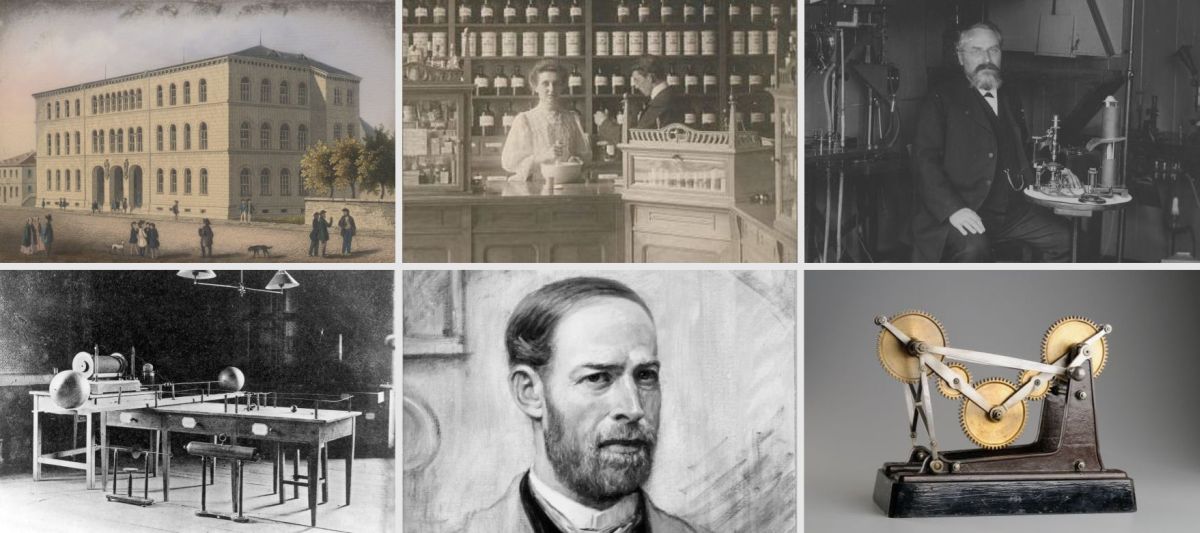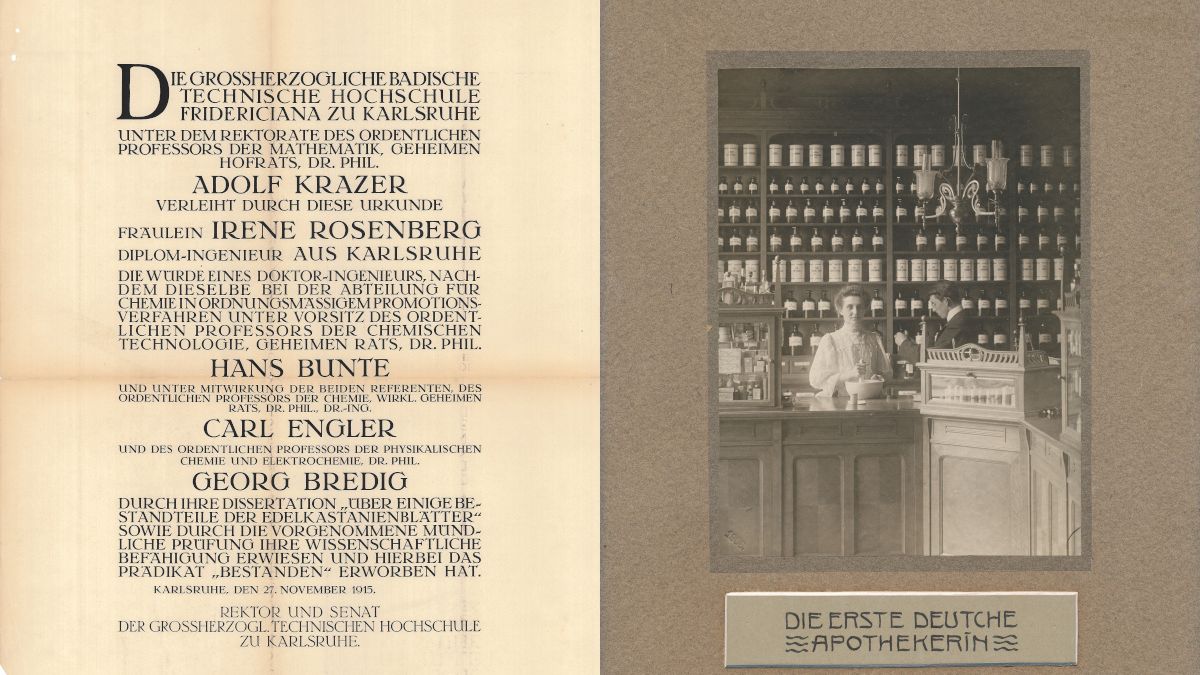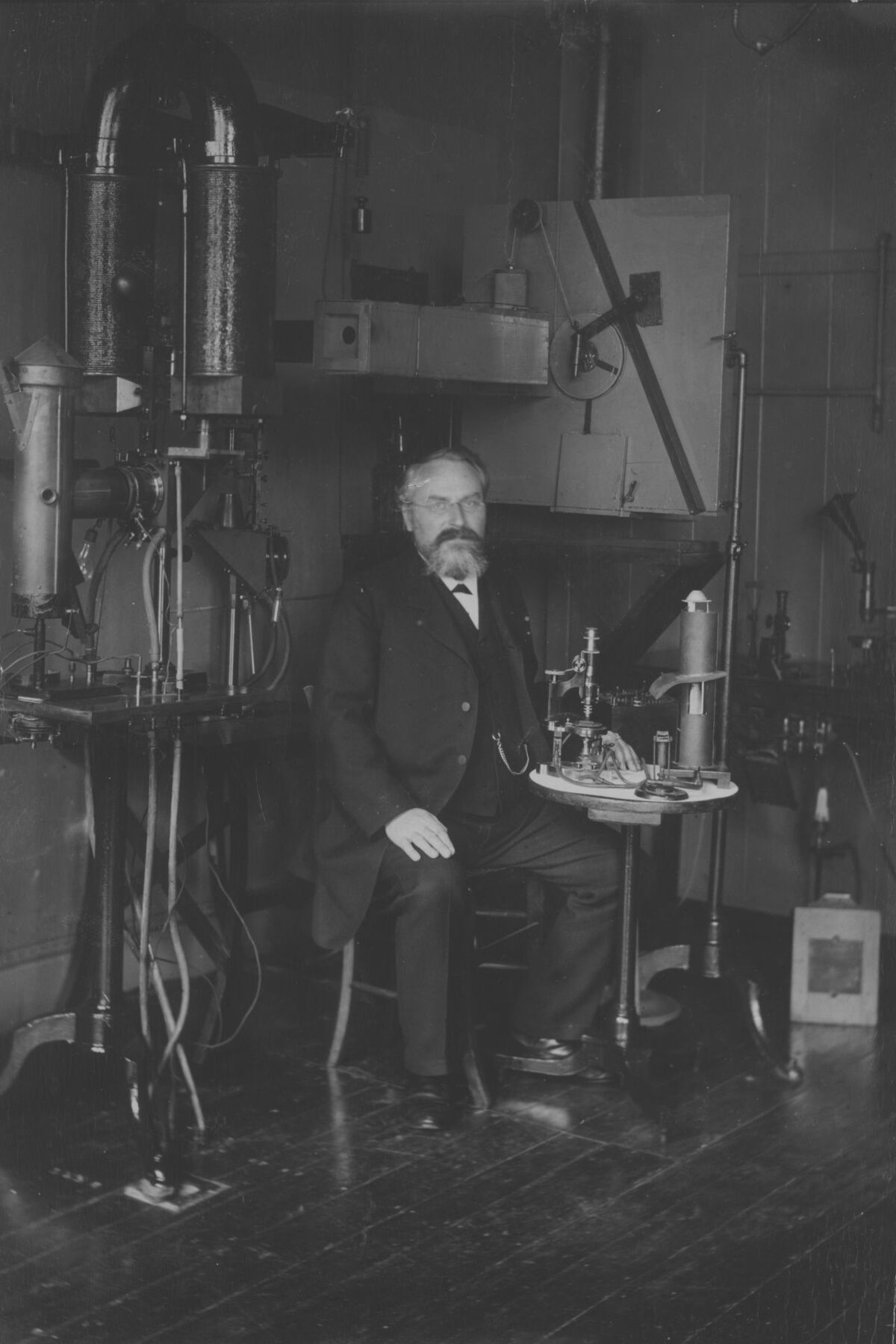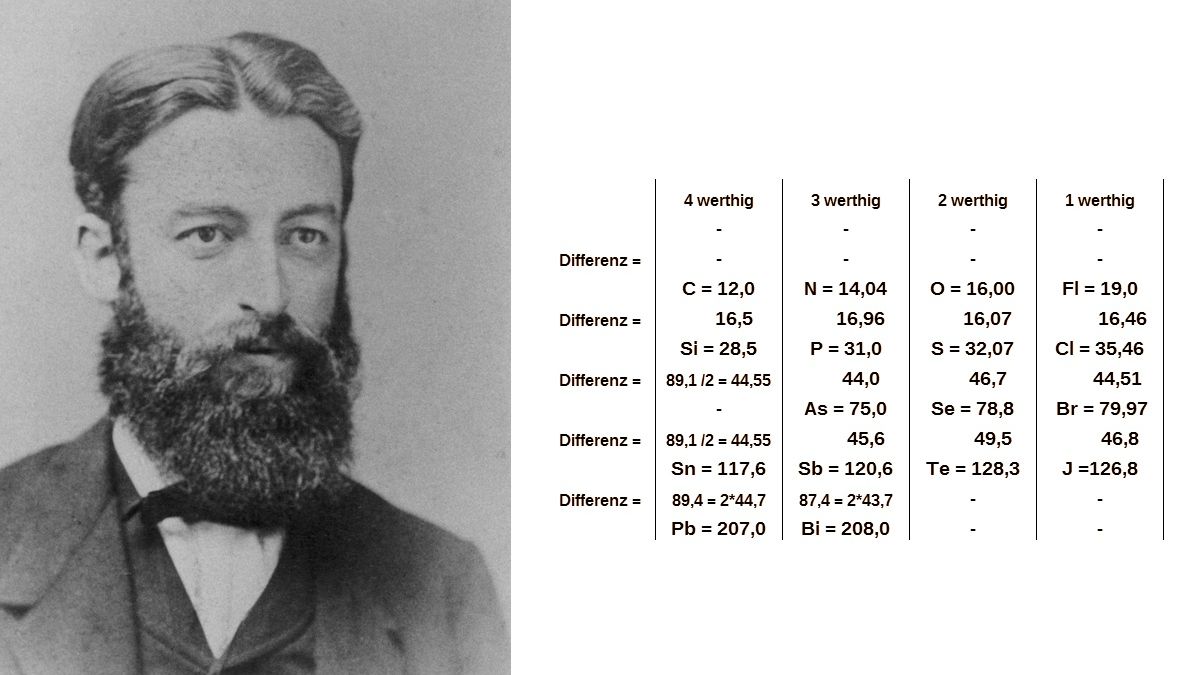Geology through history and society - from mining to environmental research
Two hundred years ago, geology at KIT looked very different. The focus was on discovering raw materials in Baden and Württemberg and on smelting metals—activities that laid the foundation for industrialization and economic growth. Today, the field centers on natural resources, material cycles, environmental interactions, and the evolution of the Earth.
When the Polytechnic School was founded in Karlsruhe in 1825, mechanical engineering, architecture, water and road construction, and geology were among the top subjects. One of its founding figures was the geologist and mineralogist Friedrich August Walchner (1799–1865). During his tenure as the second director of the Polytechnic—today’s KIT—the main building was constructed and first occupied. He later served as a member of the Frankfurt Pre-Parliament.
Then as now, geology at KIT integrates basic scientific research with engineering applications. In the 19th century, detailed geological maps enabled the extraction of raw materials in Baden and Württemberg. Fluorspar, lead, zinc, and silver were mined, along with nickel, copper, cobalt, and glass sand. Scientific knowledge drove progress, which in turn shaped society.
200 years of geology at KIT - a glimpse into the book
Professor Christoph Hilgers, head of the Chair of Structural Geology and spokesperson for the KIT Center for Climate and Environment, has documented the evolution of the geosciences in a publication. The book offers not only facts but also compelling anecdotes. For instance: What does the fairy tale Snow White and the Seven Dwarfs have to do with mining? The unfortunate truth is that children once worked underground. Limited light exposure led to vitamin D deficiency and growth disorders—meaning many miners were shorter in stature. By contrast, modern responsible mining is fully automated, remotely controlled, and subject to strict environmental regulations.
The book also highlights societal transformation, featuring portraits of past researchers that bring history to life.
Applied geosciences today: energy, resources, groundwater, environment
Applied geosciences at KIT focus on natural resources such as geoenergy and geothermal energy, groundwater, and raw materials. The work includes ensuring safe building-ground conditions, recycling resources, removing pollutants from the environment, and storing energy sources and CO₂ underground. Current research centers on fundamental and applied questions: How does the global Earth system function? How can we use natural resources more sustainably, close cycles, and limit environmental impacts?
What makes the field particularly exciting is its close collaboration with other engineering and natural sciences as well as with the social sciences, humanities, and economics. The goal is to improve environmental stewardship and resource use—ensuring a reliable supply of energy, raw materials, and water in a healthy and livable environment.
Publication by Prof. Christoph Hilgers: Geology in the course of history and society – 200 years of applied geosciences at KIT in 2025
Download: https://publikationen.bibliothek.kit.edu/1000182346
About the Author:
Prof. Christoph Hilgers is head of the Chair of Structural Geology and scientific spokesperson for the KIT Center for Climate and Environment. He currently serves as president of the Professional Association of German Geoscientists (BDG) and sits on the Board of Trustees of the GFZ German Research Centre for Geosciences, among other roles. His research areas include rock deformation and alteration, energy systems and resource efficiency, transnational higher education, and process and strategic analysis.
“No Studying Allowed?” – How Women Fought for Their Place in the Lecture Hall
At the end of the 19th century, the idea that women could pursue higher education was considered an affront by many in Germany. While female students were already attending lectures in the US, France, and even Switzerland, women in Germany were still denied access to higher education. But resistance began to stir in Karlsruhe – and it came from the women themselves.
First steps toward equal rights
As early as 1885, a private painting school for women was founded under the patronage of Grand Duchess Luise, since women were not permitted to attend the state-run Academy of Fine Arts. Two years later, following a resolution by the Karlsruhe municipal council, women were allowed to attend lectures at the Technical University as guest auditors – but only in art history and literary history. Clara Immerwahr, a chemist with a doctorate and wife of future Nobel Prize laureate Fritz Haber, gave public education lectures on “Chemistry in the Kitchen and the Home.” Although the topic reflected traditional gender roles, it marked an initial step toward scientific participation.
The breakthrough – finally enrolled
The turning point came in 1900: the state of Baden allowed women to enroll in university on a trial basis. Johanna Kappes from Karlsruhe was among the first women to be officially matriculated. Her fellow student Magdalena Meub later became Germany’s first licensed female pharmacist, and Thekla Schild became Baden’s first female graduate engineer. In 1915, Irene Rosenberg became the first woman to earn a doctorate at the Institute of Chemistry.
Yet the path to academia remained difficult for women: in the 1920s, they were still a rare presence at the Technical University. Under National Socialist rule, women were pushed back into the domestic sphere: in 1934, restrictions on university admission, compulsory labor service, and a dramatic decline in female student numbers were introduced.
A slow awakening
After World War II, women gradually returned to the Technical University. But it was not until the 1960s that their numbers began to rise noticeably. The social transformations of the time – broader access to education, new career paths, and growing youth self-confidence – were also reflected in the lecture halls. In 1970, women made up eight percent of the student body; by 1980, the figure had risen to over 14 percent. The doors were open, but many women still had to fight for their place.
Today, women account for around 29 percent of KIT’s student population. The first female professor, Dagmar Gerthsen, was appointed in 1993. By 2022, 18 percent of professorships were held by women. The fight for educational equality has borne fruit – and is far from over. KIT is now actively committed to equal opportunity and diversity: “At KIT, we are proud of the close ties between students, alumni and alumnae, researchers, instructors, and staff, because our diversity is our strength. It is not only a given, but also the driving force behind creativity and innovation,” said Jan S. Hesthaven, President of KIT, in his speech marking the 200th anniversary.
mex, August 14, 2025
200 Years of Pioneering Spirit: How Otto Lehmann Laid the Foundation for Modern Displays
Otto Lehmann conducted research on “living crystals” at Karlsruhe Institute of Technology (KIT) – and laid the foundation for modern displays. When Lehmann assumed the chair of physics at what was then the Karlsruhe Polytechnic in 1889, no one could have imagined that his research would one day end up in almost every pocket. The successor to Heinrich Hertz was an inventor with vision – and a fascination for the invisible.
An Idea Ahead of Its Time
Using a microscope he had developed himself, which featured its own light source and a heatable sample stage, Lehmann observed the behavior of chemical substances as they melted and solidified. In doing so, he discovered something entirely new: states of matter that behaved neither like liquids nor like solid crystals – but like both at once.
Lehmann called them “apparently living crystals.” Today, we know them as liquid crystals – the basis for LCDs (liquid crystal displays) used in flat screens, tablets, and smartphones. In 1904, Lehmann published his groundbreaking findings in the book Flüssige Kristalle (Liquid Crystals). But his contemporaries dismissed him as an eccentric. A colleague in Karlsruhe sneered that Lehmann was “horribly one-sided in his focus on liquid crystals.” The scientific community ignored him – and his discovery was forgotten for decades.
From Outsider to Pioneer
It wasn’t until the 1970s, when the first LCDs were developed, that people remembered the pioneer from Karlsruhe. Today, every liquid crystal laboratory uses a microscope based on Lehmann’s design, and his name has long since been rehabilitated – as the founder of a technology that makes our digital world visible.
mex, July 30, 2025
200 Years of Pioneering Spirit: A Hydrogen Bulli Pioneering the Transport Revolution
Hydrogen holds great potential for a sustainable energy supply. The Karlsruhe Institute of Technology (KIT) has been researching the potential of this element for decades. As early as the 19th century, Professor Hans Bunte developed processes for coal refinement here, which produced gasoline, aromatics, phenol, and hydrogen-rich town gas, among other things. His work on improving the efficiency of gas production and determining calorific values was groundbreaking for the German gas industry – and thus also for the use of hydrogen. Due to its high energy density, town gas was soon used for street lighting, domestic heating, and in industrial applications in the Ruhr area and other regions.
Today, CO₂-neutral hydrogen production is the focus of research at KIT. Scientists are therefore developing electrolysis processes powered by renewable energy, testing hydrogen production at sea, and working on pipelines for the combined transport of hydrogen and electricity. The aim is to achieve a safe, clean, and affordable energy supply.
Motivation: The Oil Crisis – The Hydrogen-Powered VW Bus
A milestone in the development was a hydrogen-powered bus in 1986. In response to the oil crisis of the 1970s, the former Karlsruhe Nuclear Research Centre converted a VW bus into a fuel cell vehicle. The bus ran on hydrogen from gas cylinders and was approved for road use. It was tested on what is now the North Campus and at the famous Hockenheimring race track. The fuel cell converted hydrogen and oxygen into water – the only “exhaust” was water vapor.
Many years later, KIT itself adopted this type of drive: Between 2013 and 2024, a hydrogen shuttle bus has been commuting between the North Campus and South Campus of KIT. The technology is now also being developed for trains, trucks, and aircraft.
mex, July 17, 2025
200 Years of Pioneering Spirit: Scientific Progress and Ethical Responsibility
The name Fritz Haber represents a duality of progress and destruction: groundbreaking scientific achievements and the devastating consequences of their misuse. The chemist conducted research and taught in Karlsruhe from 1894 to 1911, revolutionizing agriculture in the process. Yet later, he turned his talents to war research and helped develop chemical weapons.
The Agricultural Breakthrough
In 1904, Fritz Haber began working on synthesizing ammonia. At the time, many scientists were searching for a way to artificially produce this pungent gas, as ammonia had proven to be a highly effective fertilizer—particularly when combined with sulfuric acid. With rapid industrialization, Europe’s population was booming—Germany’s had more than doubled to 55 million by 1900—and agriculture needed to keep up. However, natural fertilizers like animal manure were becoming increasingly scarce. Synthesizing ammonia from nitrogen and hydrogen seemed promising, but no one had succeeded yet.
Breakthroughs: Pressure, Heat, and Industrial Scale-Up
The key to success came through an innovative combination of high pressure and high temperature. In the spring of 1909, Haber experimented with unusual catalysts like osmium and uranium. Using a newly developed high-pressure apparatus—featuring cone valves, which hadn’t existed before—he finally succeeded. At 185 atmospheres and temperatures between 600 to 900 degrees Celsius, ammonia began to form as a liquid in the lab.
Translating this lab discovery into industrial-scale production was the work of engineer Carl Bosch. At BASF’s labs in Ludwigshafen, Bosch and his team ran tens of thousands of experiments. They eventually discovered a catalyst that was effective, durable, and affordable: so-called "dirty iron," a form of iron blended with potassium oxide and other impurities to boost catalytic efficiency. This became the standard industrial catalyst for what became known as the Haber-Bosch process.
From Fertilizer to Ammunition – and the Deadly Use of Poison Gas
Haber’s story illustrates how scientific progress can present serious ethical challenges. During World War I, the German Empire relied on the Haber-Bosch process to manufacture explosives and ammunition. Ammonia was used to make nitric acid, which could then be turned into saltpeter using bases. When the Allied naval blockade cut Germany off from natural saltpeter sources in South America, synthetic ammonia became essential for continuing the war. This shift caused severe fertilizer shortages and crop failures, leading to the death of roughly 800,000 Germans from malnutrition during the war. As director of the Kaiser-Wilhelm-Institute for Physical Chemistry and Electrochemistry in Berlin, Haber also led the development of poison gas. On April 22, 1915, near the Belgian town of Ypres, Haber—dressed in a chemist’s uniform of his own design—personally oversaw the first large-scale chlorine gas attack. Thousands of soldiers died, and a horrific new era of chemical warfare began. During the war, chemical weapons killed an estimated 92,000 soldiers and injured or maimed another 1.3 million.
Nobel Prize and Controversy
Fritz Haber’s motives remain difficult to fully grasp today: his life exemplifies that of a 19th-century intellectual citizen. The son of a merchant, he discovered his passion in science and built a reputation as a brilliant researcher and a dynamic teacher, admired for his sharp wit and deep commitment to his students.
His lab in Karlsruhe was international, drawing scientists from Britain, America, Japan, and Eastern Europe. Among them were Robert Le Rossignol and Friedrich Bergius, both key contributors to high-pressure technology. Bergius and Bosch would later share the Nobel Prize in 1931 for their work in industrializing high-pressure technology. Haber was also part of the large Jewish community in the German Empire that believed they could demonstrate patriotism and earn full acceptance through service to the state and military. The irony is that in 1918—the year World War I ended—Haber was awarded the Nobel Prize for his development of synthetic ammonia, even as the Allied powers were seeking to prosecute him for war crimes related to his role in chemical warfare. His life remains a powerful example of the tension between scientific progress and ethical responsibility.
June 16, 2025
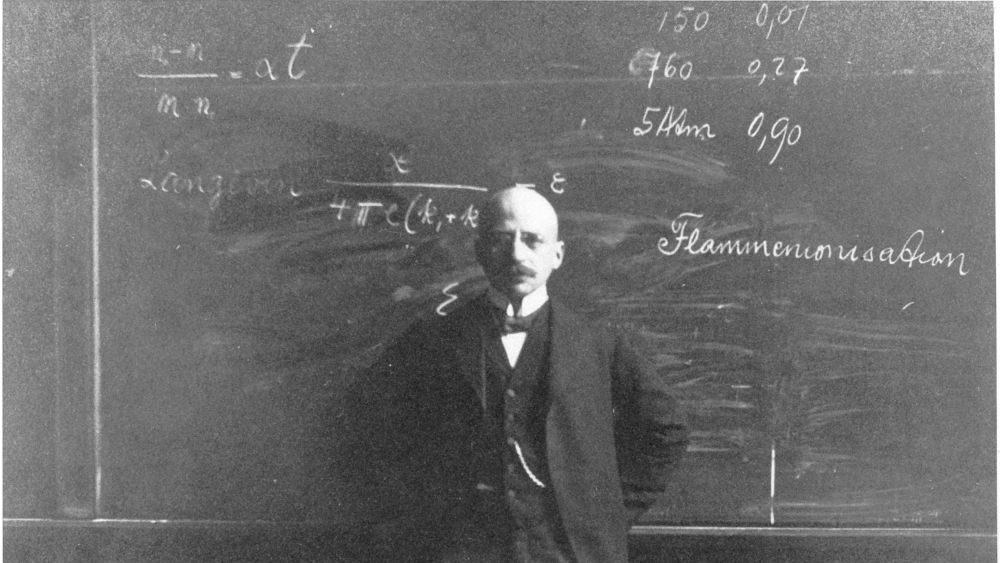
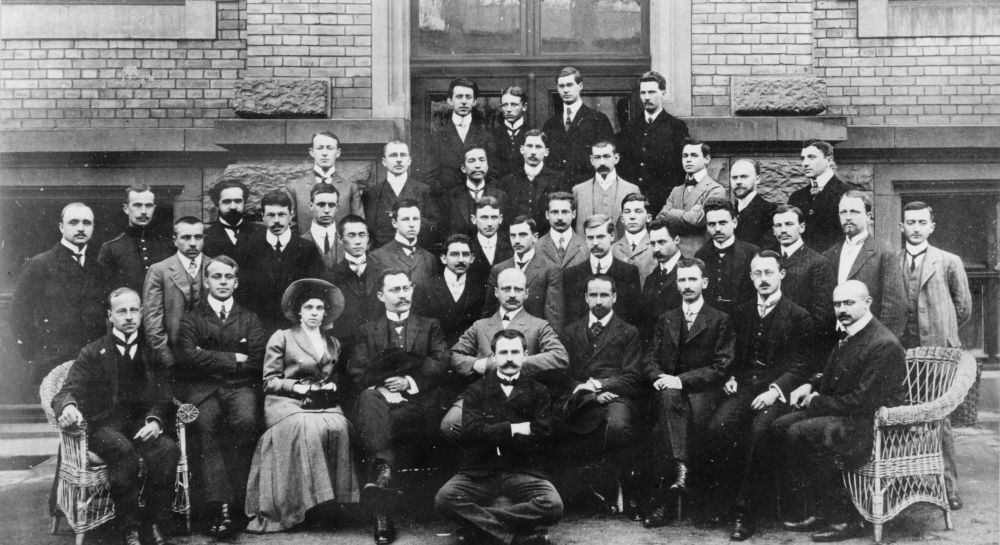
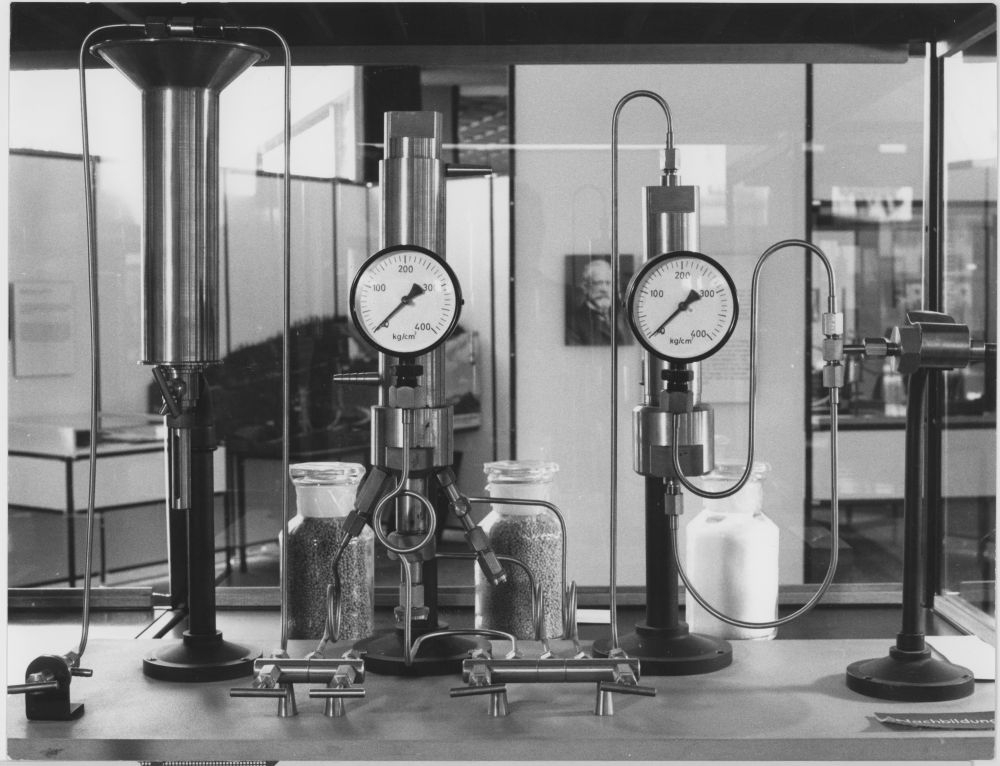
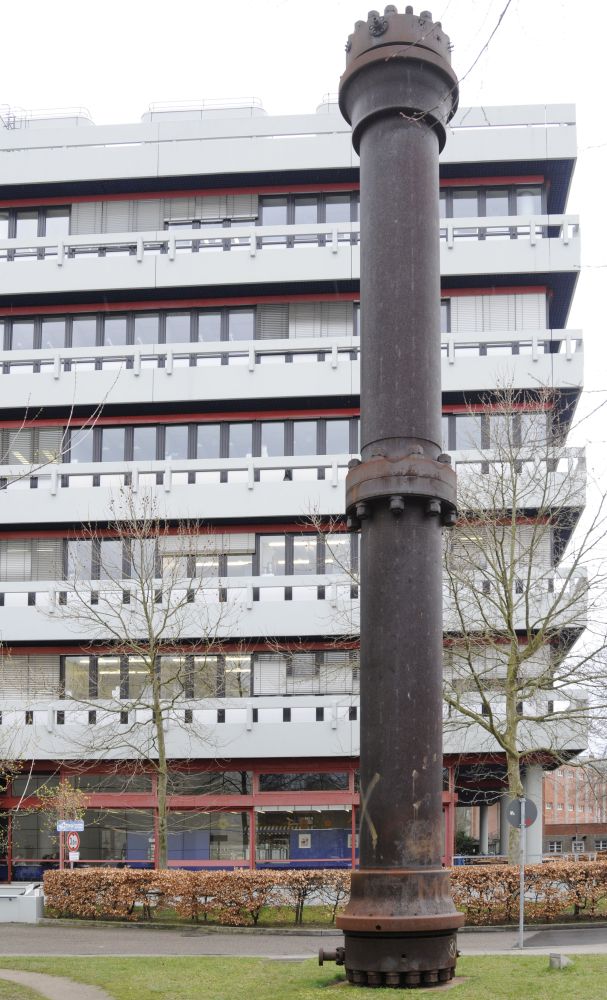
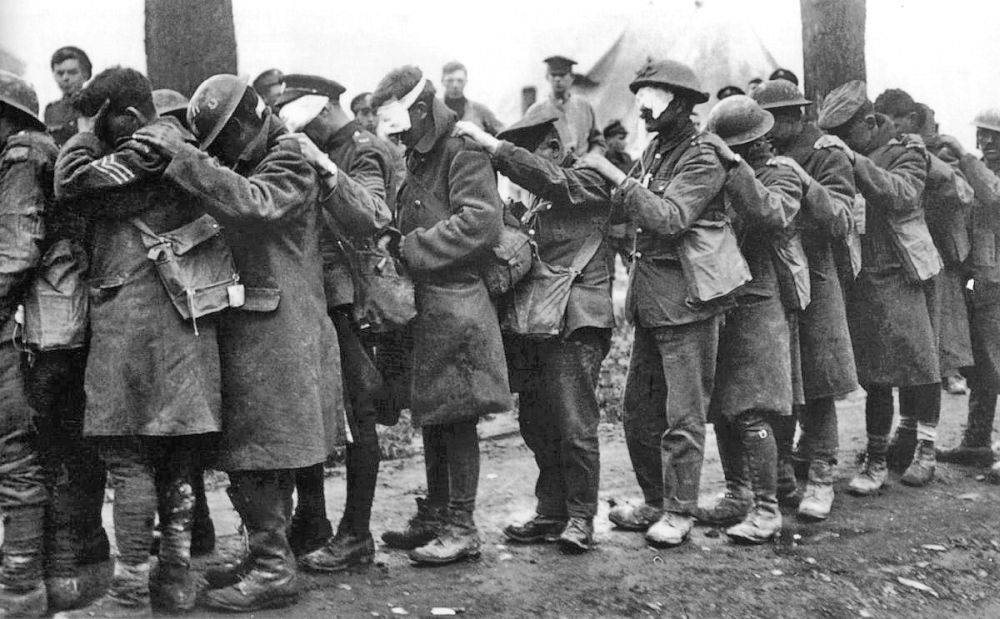
Free E-Book
As a member of KIT, you have access to the History online as a free e-book in PDF format.
Karlsruhe Institute of Technology (KIT): 1825–2025 – The First 200 Years (42 MB)
200 Years of Pioneering Spirit: When Chemistry Leads the Way
During early industrialization, chemistry provided solutions to Germany’s limited natural resources. Chemicals like potash and soda were essential for leather tanning and the production of linen, glass, soap, and gunpowder. The challenges included developing new processes and distinguishing chemistry from mechanical engineering. Pioneers such as Karl Weltzien and mechanical engineer Ferdinand Redtenbacher made groundbreaking advances by promoting systematic research and clearly defining these separate fields, which was crucial for industrial progress.
First World Congress of Chemistry in Karlsruhe
Weltzien laid the foundation for chemical research at KIT. He initially set up a private laboratory in his home so students could gain hands-on experience, and along with Redtenbacher, he pushed for the separation of chemistry and mechanical engineering, which were closely intertwined in teaching at the time. In 1851, the Polytechnic Institute established a modern chemical laboratory based on his concepts, making Karlsruhe a center for chemical research.
One outcome of this development was the world’s first specialized chemistry congress held in Karlsruhe in September 1860.Organized by Weltzien and August Kekulé, the elite of international chemists gathered to standardize terms and symbols like atom, molecule, and basicity, which had yet to be clearly defined. Although the researchers didn’t resolve every issue, the worst confusion was over, as Carl Engler (1842–1925), the “nestor” of Karlsruhe chemistry, later reflected.
Karlsruhe as a Breeding Ground for Breakthroughs in Chemical Science
Engler conducted research on dyes and challenges in the dye industry. In 1884, he began studying petroleum and is considered the founder of German mineral oil science. As a member of BASF’s supervisory board, he helped pave the way for the industrial application of groundbreaking discoveries made by Karlsruhe scientists, including the production of nitrogen fertilizer based on Fritz Haber’s research.
Lothar Meyer succeeded Weltzien in 1868. His work, 'Die modernen Theorien der Chemie' (Modern Theories of Chemistry), included the first version of the periodic table. In 1869, he presented his ideas about elements in today’s main groups, arranged by atomic weight and valence. This allowed Meyer to predict the properties of previously unknown elements like gallium, scandium, and germanium.
Hans Bunte, an expert in gas, fuel, and combustion technology, was appointed Chair of Chemical Technology in 1887. Bunte laid the theoretical foundations for heat generation and was the first to determine the calorific value of many fuels. He also developed coal refinement processes that enabled the production of gasoline, town gas, and key chemicals such as aromatics and phenol. At a time when petroleum was not yet widespread, these processes were enormously important. Bunte helped make Karlsruhe a center of the German energy industry.
March 21, 2025
Photo:
Meyer: KIT Archive;
Periodic table of elements: Wikipedia, last accessed on March 21, 2025, https://en.wikipedia.org/wiki/Lothar_Meyer#/media/File:Periodic_table_Meyer_1864.png, Public Domain, CC BY-SA 4.0;
Collage: KIT
The Cuckoo Clock: Pop Icon from Karlsruhe
The iconic design of the Black Forest cuckoo clock traces its roots to Karlsruhe, Germany. It was created in 1850 by railway enthusiast Friedrich Eisenlohr.
A Style Icon and Its Creator
Friedrich Eisenlohr found inspiration for the cuckoo clock in his architectural plans for railway stations in Baden. It’s no coincidence that the clock’s case resembles a charming signalman’s hut—Eisenlohr, a professor at the Karlsruhe Polytechnic, was responsible for designing most of the stations from the Baden State Railway, from 1838 on. His designs shaped key stations in Mannheim, Heidelberg, and Baden-Baden, as well as the old Karlsruhe station, which once stood near today’s State Theatre and served as a model for numerous stations in Baden. Over his career, Eisenlohr designed more than 300 signalmen’s huts, leaving a lasting mark on the region’s railway landscape.
Eisenlohr designed the cuckoo clock for a competition organized by Robert Gerwig, director of the Furtwangen watchmaking school, which was founded in 1850 to support the struggling Black Forest clockmaking industry. The winning design was produced in 1855 by Kreuzer, Gatz & Co. and quickly became a beloved romantic symbol, its influence extending far beyond the Black Forest.
Engineers from the Polytechnic Shaped Transportation and Urban Landscapes Across Baden
Civil engineer Robert Gerwig, a graduate of the Polytechnic, dedicated much of his career building transportation routes for the Baden Water and Roads Directorate, including the Black Forest Railway, known for its innovative design.
As a professor, Eisenlohr – whose statue decorates the main Court of the Karlsruhe Institute of Technology (KIT) - influenced a generation of architects, including Reinhard Baumeister, a pioneer of the garden city movement. From the 1870s to the mid-1890s, Baumeister designed numerous green districts in Baden, such as Mannheim’s Oststadt, parts of Heilbronn, Heidelberg’s Weststadt, and the redevelopment of former fortress areas in Rastatt. He also planned several picturesque railway routes through the scenic side valleys of the Rhine plain, including the Murg Valley, Rench Valley, and Breisach Railway—routes still popular with tourists today.
Want to learn more? Discover the rich history of KIT and the people who have shaped it in KIT History, available for online order from the KIT Shop.
200 Years of Pioneering Spirit: The Birth of Scientific Mechanical Engineering
When mechanical engineer Ferdinand Redtenbacher was appointed to the Polytechnic School in 1841, he established nothing less than scientific mechanical engineering in Germany. The ambitious teaching of the Austrian-born Redtenbacher not only brought Karlsruhe international recognition in the engineering world but also became a driving force behind industrialization in Baden, Germany, and beyond.
Redtenbacher believed that mechanical engineering was more than just a trade — he saw it as a science grounded in mathematical and physical principles. At a time when mechanical engineering relied primarily on experience and craftsmanship, and engineers were seen as little more than skilled mechanics, Redtenbacher set out to make engineering more scientific and mathematical. He introduced mathematical and mechanical principles to the field in order to systematically understand and design machines.
His vision was to surpass England, which was far ahead in industrialization, by applying scientific methods to engineering development. In 1835, Germany's first railroad line, connecting Nuremberg and Fürth, had to rely entirely on imported components from Great Britain — from the rails and wagons to the locomotive, the coal, and even the engineer and fireman. By 1847, however, German locomotives had already surpassed their English counterparts in technical capability. One example was the Badenia, built by Maschinenfabrik Karlsruhe, a company founded in 1837 by Emil Kessler and Theodor Martiensen, both graduates of the Polytechnic. German mechanical engineering had come into its own, no longer dependent on its former pioneers for the era's most complex technologies.
In the 1850s, German heavy industry saw a major breakthrough, to which many of Redtenbacher's students contributed. Heinrich Buz, for example, collaborated with Rudolf Diesel and co-founded MAN, a company that developed the diesel engine and contributed to Germany's industrial revolution. Similarly, Eugen Langen worked alongside Nikolaus August Otto to develop the Otto engine, which earned a gold medal at the 1867 World's Fair in Paris and laid the foundation for modern internal combustion engines.
Curious to learn more? Dive into the rich history of the Karlsruhe Institute of Technology (KIT) and its influential personalities in the comprehensive KIT History, available for online order.


